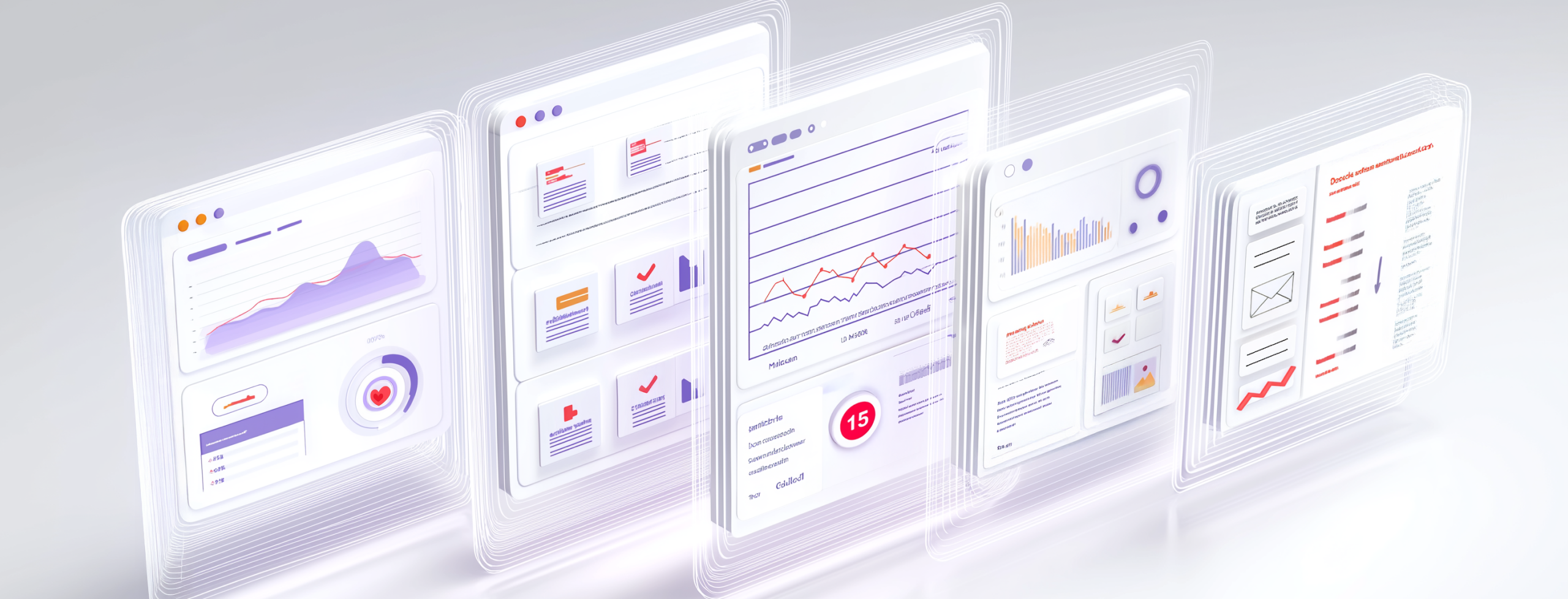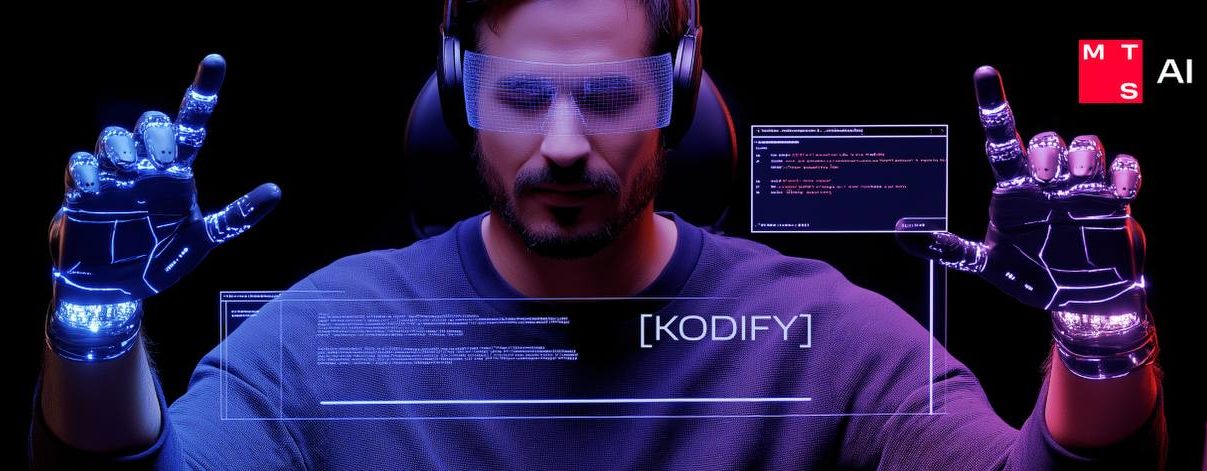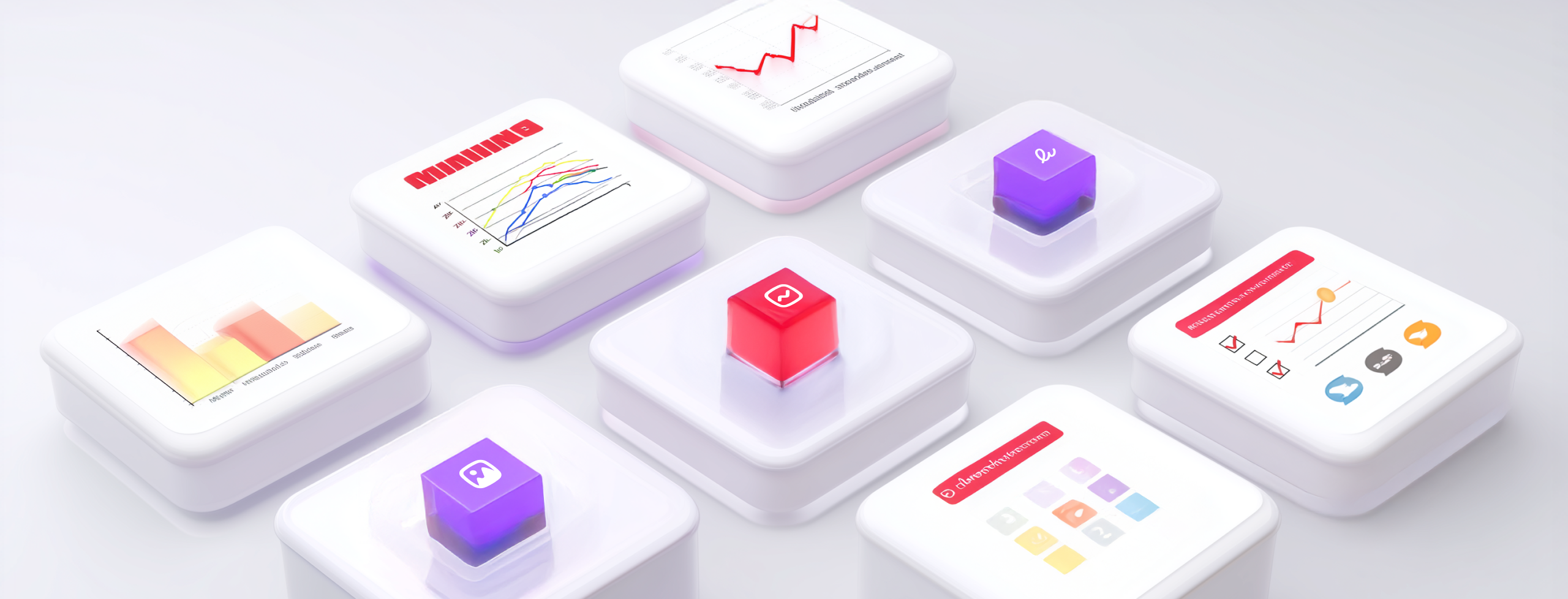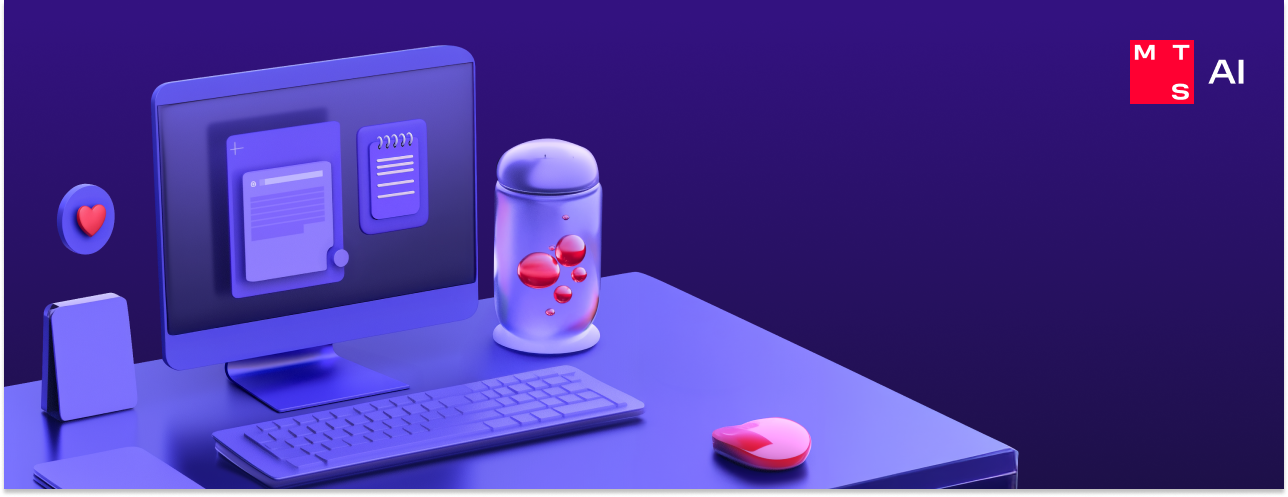#InfocusAI digest returns after the holidays. In this issue, we will discuss GET models for genetic scientists, the smallest supercomputer in the world by NVIDIA and the embargo on chip export imposed by the USA, and also find out why the Chinese startup MiniMax models are so interesting.
AI-focused digest – News from the AI world
Issues No. 57, December 27, 2024 — January 16, 2025
AI learned to predict gene activity in human cells
Researchers from Columbia University developed a GET (general expression transformer) artificial intelligence model, which predicts gene activity in human cells using data on chromatin (a chromosome substance in nuclei of plant and animal cells) and genome sequences. It was proven by experiments that GET predicts changes in normal and sick cells, including mutations related to leukemia, as opposed to merely predicting cell changes. The development opens new horizons for precise modeling of biological processes and expediting research activities. For details see Nature magazine.
NVIDIA showcased the smallest supercomputer in the world
At the CES 2025 event, NVIDIA presented Project DIGITS. According to company’s CEO, Jensen Huang, developers can use the supercomputer to run large language models with 200 billion parameters. Project DIGITS features NVIDIA GB10 Grace Blackwell chip providing a performance of one petaflop. The computer also features an Nvidia CUDA graphic processor and a Grace central processor based on Arm architecture. Project Digits offers 128 GB of memory and framework support for AI, such as PyTorch and Jupyter Notebooks. Supercomputer S is also rather compact and energy-efficient: the device can be placed on a desktop and plugged into a standard outlet. For other details visit NVIDIA website.
Chinese startup MiniMax released three models competing for the leading position on the market
The company invested by Alibaba and Tencent presented three models — MiniMax-Text-01, MiniMax-VL-01 and T2A-01-HD. Let us discuss why they are so interesting.
- MiniMax-Text-01 is an LLM with 456 billion parameters, which, as understood from its name, can handle only text. The context window of the model is absolutely enormous — 4 million tokens, which is 31 times more than that of GPT-4o and Llama 3.1. That is, MiniMax-Text-01 can analyze about 3 million words at an instance or slightly more than five copies of the full-text War and Peace saga. According to the developers, the model demonstrates better performance when compared to the recently presented Gemini 2.0 Flash by Google, on such benchmarks as MMLU and SimpleQA, which measure the ability to solve math problems and answer fact-based questions.
- MiniMax-VL-01 is very interesting as well. According to TechCrunch, the model competes with Claude 3.5 Sonnet by Anthropic in ChartQA tasks for multimodal understanding — these are questions related to graphs and diagrams (for instance, “What is the peak value on this graph?”). However, Gemini 2.0 Flash GPT-4o are currently managing such tasks better than the Chinese product.
- The third model is T2A-01-HD, or audio generator. It can create a synthetic voice with an adjustable tone and pitch in 17 different languages, including English and Chinese, and clone a voice using just 10 seconds of audio recording.
A detailed presentation of MiniMax models was made by our colleagues from TechCrunch. It also features links to the actual products.
USA imposes restrictions AI chip exports
An export control system was presented in Washington, which will complicate access to new technologies for China and other countries unfriendly to the USA. Only 18 closest allies of the United States will be able to freely purchase chips, including the UK, Germany, Canada, Japan, South Korea. Limits will be imposed on other countries — each country will be able to purchase not more than 50 thousand advanced graphic processors. If more computational power is required, special permissions have to be obtained. The countries to which the restrictions apply include Israel, Poland, Switzerland, Portugal, Mexico. As noted by the American media, the goal of these new rules is to limit the access of China to advanced AI chips. The European Union argued against these measures. The American semiconductor industry is against them as well. NVIDIA claimed that the rules are unprecedented and wrong, and they “are threatening to undermine innovation and economic growth throughout the world”.
UK to create special territories for AI development
The UK aims for a 20-fold increase of the computational power of state data centers, create new data libraries and build teams to reveal new potential for AI implementation. The first steps in this direction will be the creation of special zones for building the data centers and studying the opportunity to use small nuclear reactors at these facilities. AI Growth Zones will enjoy a simplified construction permit scheme, and they will have an enhanced access to electrical grids. The first zone of this type will be created in Culham, where the UK Atomic Energy Authority is located. To find out more about the plans of the UK, visit the website of the Cabinet of Ministers.













